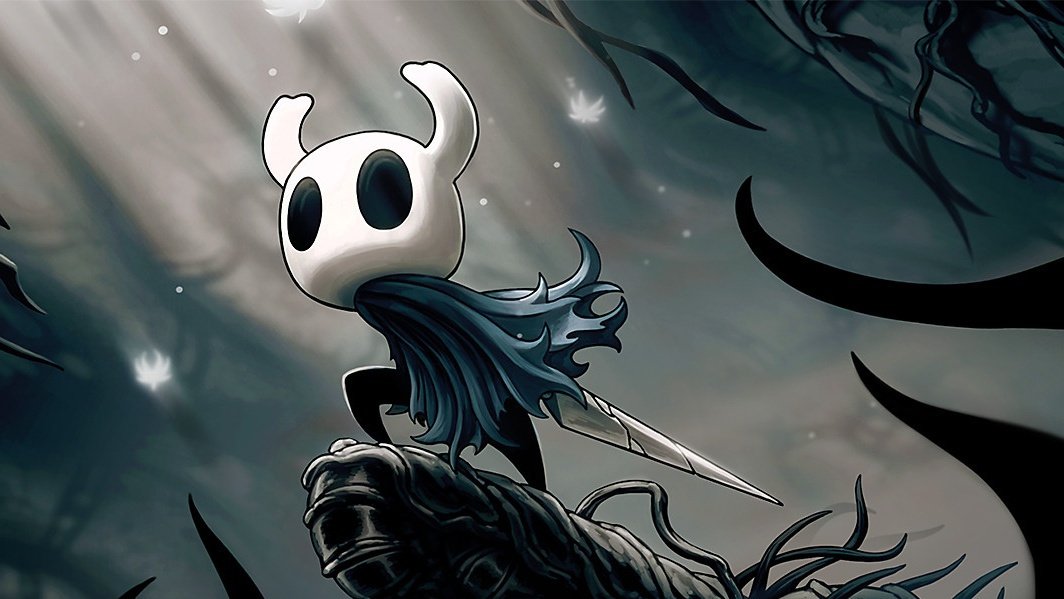Similar differences can make the genre hard to pin down.
You’d be forgiven for thinking that nothing could be simpler than working out the secret formula that binds all of the great games in this popular genre together — the clue’s in the name! They need to be just like Metroid, with all the shooting and the aliens and the sci-fi-ness and the quiet loneliness that entails, and they also need to be just like Castlevania, with its incredibly similar selection of… um, swords. And whips. And, uh, magic upside-down castles. Oh and its predilection for lengthy cutscenes that may feature characters who appeared once, a decade earlier, unlockable playable characters, and supernaturally beautiful men with gorgeous hair down to their knees too. Just mash the two of them together and sell whatever comes out the other end — easy!
That’s the theory, anyway. In reality the genre is a mad jumble of contradictions, the modern action leanings of The Mummy Demastered being just as authentically “Metroidvania” as Blasphemous’ gothic religious theme or Guacamelee! 2’s vivid style. A “real” Metroidvania can have you controlling ninjas, vampire hunters, whatever the heck Dead Cells flame-headed lead is… You don’t even have to be a hero (or a reluctant anti-hero) either — Carrion’s playable “character” is a remorseless mass of flesh and teeth, a violent thing eagerly consuming anyone that stands in its way, sliming down corridors and squeezing through impossibly small crevices.
Read the full article on nintendolife.com





